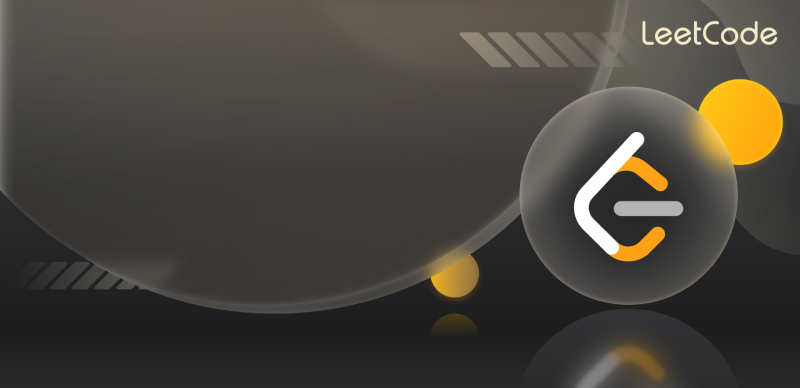232.用栈实现队列
请你仅使用两个栈实现先入先出队列。队列应当支持一般队列支持的所有操作(push、pop、peek、empty):
实现 MyQueue 类:
void push(int x)将元素 x 推到队列的末尾int pop()从队列的开头移除并返回元素int peek()返回队列开头的元素boolean empty()如果队列为空,返回true;否则,返回false
说明:
- 你 只能 使用标准的栈操作 —— 也就是只有
push to top,peek/pop from top,size, 和is empty操作是合法的。 - 你所使用的语言也许不支持栈。你可以使用 list 或者 deque(双端队列)来模拟一个栈,只要是标准的栈操作即可。
示例 1:
输入:
["MyQueue", "push", "push", "peek", "pop", "empty"]
[[], [1], [2], [], [], []]
输出:
[null, null, null, 1, 1, false]
解释:
MyQueue myQueue = new MyQueue();
myQueue.push(1); // queue is: [1]
myQueue.push(2); // queue is: [1, 2] (leftmost is front of the queue)
myQueue.peek(); // return 1
myQueue.pop(); // return 1, queue is [2]
myQueue.empty(); // return false
提示:
1 <= x <= 9- 最多调用
100次push、pop、peek和empty - 假设所有操作都是有效的 (例如,一个空的队列不会调用
pop或者peek操作)
解题思路
两个栈 stack1 和 stack2,stack1 负责入栈,stack2 负责出栈;
- 如果 stack2 中没有元素了,直接将 stack1 的所有元素拿到 stack2
- 如果 stack2 非空,直接返回栈顶元素即可
- 栈顶元素实际上相当于是数组中的最后一个元素了,[ 栈顶(index: 0) => 栈顶(index: arr.length - 1) ]
这样,两个栈就能模拟队列。
class MyQueue {
stack1: Array<any>;
stack2: Array<any>;
constructor() {
this.stack1 = [];
this.stack2 = [];
}
push(x: number): void {
// stack1处理入栈
this.stack1.push(x);
}
pop(): number {
// stack2非空
if (this.stack2.length !== 0) {
return this.stack2.pop();
}
// stack2为空, 从stack1取出所有元素放到stack2中
while (this.stack1.length !== 0) {
this.stack2.push(this.stack1.pop());
}
return this.stack2.pop();
}
peek(): number {
// stack2不为空
if (this.stack2.length !== 0) {
return this.stack2[this.stack2.length - 1];
}
// stack2为空,从stack1取出所有元素放到stack2中
while (this.stack1.length !== 0) {
this.stack2.push(this.stack1.pop());
}
return this.stack2[this.stack2.length - 1];
}
empty(): boolean {
// 两个栈都为空时,才为空
return this.stack1.length === 0 && this.stack2.length === 0;
}
}